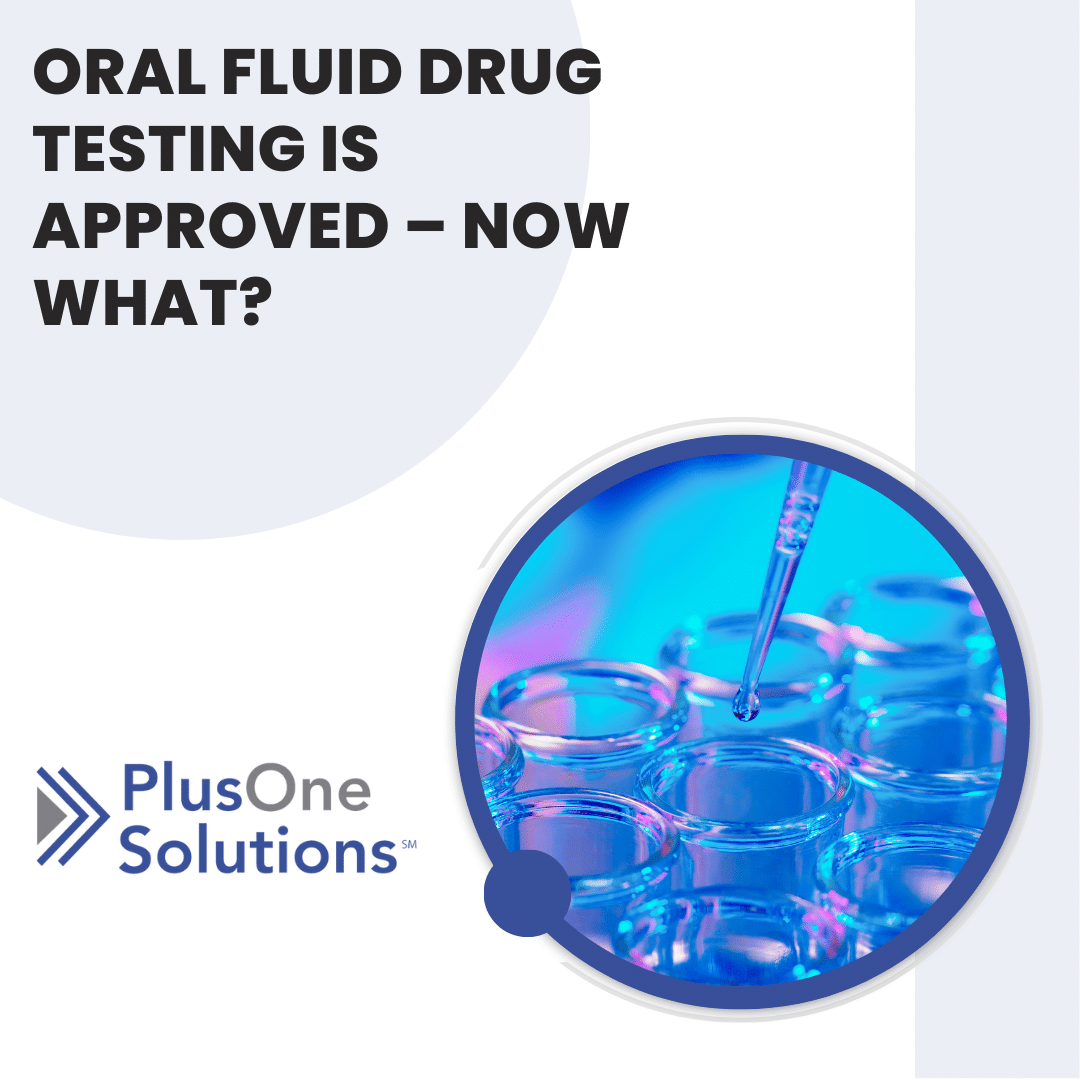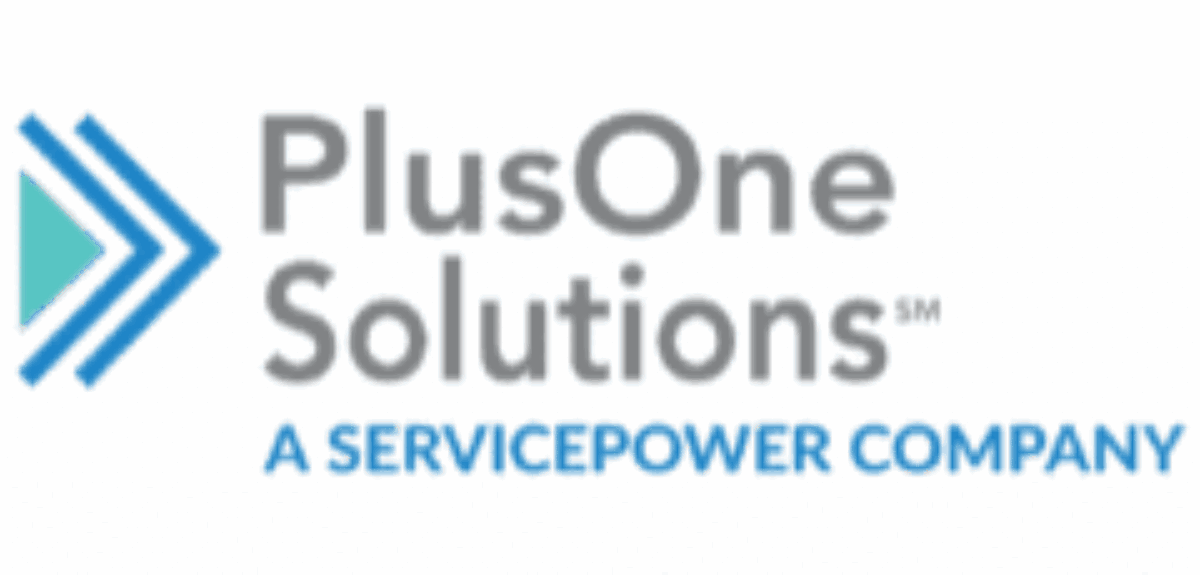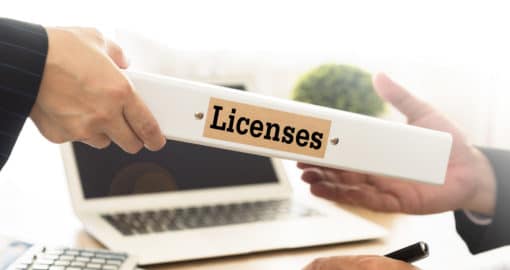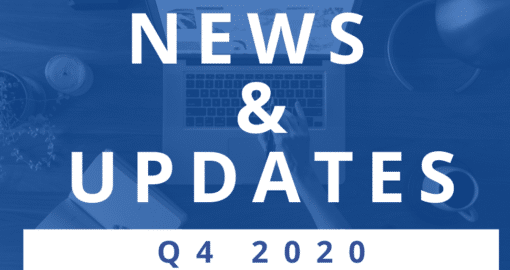Call Us Today (877) 943-0100
Oral Fluid Drug Testing is Approved – Now What?
Industry Information | August 18, 2023
Drug testing is an important tool used by employers to ensure that contractors, and employees, are not under the influence of drugs while on the job. One of the most common forms of drug testing is urine-based testing, but a recent approval by the U.S. Department of Transportation to accept oral fluid testing is raising a lot of questions about how the current processes may change. This blog will explore what this change means and how it may impact organizations.
While allowing oral fluid testing is a big step forward. The rule cannot be enacted until laboratories are certified and able to offer the service. The Health and Human Services Department will need to certify at least two laboratories that can handle this. As of May 2, HHS had not yet certified any labs and while the approval by some regulatory bodies is important, oral fluid testing is still not the preferred drug testing modality.
What is Oral Fluid Testing?
Oral fluid testing, or saliva testing, is a form of drug testing that involves collecting a sample of a person’s saliva and testing it for the presence of drugs. The process generally involves swabbing the inside of the mouth with a specialized collection device, which is then sent to a laboratory for analysis.
Advantages of Oral Fluid Testing
One of the main advantages of oral fluid testing is that it is non-invasive and easy to administer, especially compared to other options like urine-based testing which requires a person to provide a sample instead of just a quick swab of the mouth. The other key advantage is that it more accurately detects recent drug use. Drugs can be deterred in saliva within minutes of use, whereas urine-based testing may not detect drugs for hours.
Why Oral Fluid Testing Isn’t More Popular
Despite the advantages noted above, oral fluid testing is still not the
Another reason why oral fluid testing isn’t preferred is that it has a shorter detection window than urine testing. While it can detect recent use more accurately, it may not be able to detect drugs that were used several days or even weeks ago. This is a concern when trying to determine if there is ongoing, or habitual drug use. For example, oral fluid is designed to catch very recent drug use i.e., 12-48 hours, urine is 24hrs – 1 week (up to 1 month for habitual THC use) and hair is 1 week – 90 days and is looking for patterns of prolonged use.
Oral fluid is done with a small swab kit which can be administered by almost anyone (i.e., doesn’t need to be in a lab). While this might seem better than scheduling and sending someone to a lab, the kit still must be sent to a lab for testing. The collection is easily observed i.e., versus urine where you need a bathroom facility, but the challenges included mean you cannot prove who took the test, self-collection for drug users is not advisable and the coordination to get the kits sent in for analysis may be cumbersome. Additionally, the kits must be where the testing will be done which means if there are disparate locations, there will be time and effort to coordinate this (or have them be picked up at a local lab) and that may be both cost and administratively prohibitive.
If there are issues with the test, this is not known until after the kit was sent in and tested, which would prolong the process if a retest were needed. These also only have a paper CCF at this point, which means that the typical process to receive the interim status and tracking information is not yet available. Results will just appear in the system once completed.
Oral fluid testing is still in its relative infancy and its accuracy and reliability are still open for debate. Many feel that more research is needed to fully understand the limitations and potential biases of the option.
Conclusion
While oral fluid testing has been approved for use in many organizational situations, it still isn’t the preferred method of testing for most. Despite the advantages including ease of use and ability to detect recency of drug use, there are still concerns about the detection window and accuracy of results. The infrastructure to properly support large-scale, multilocation oral fluid testing is still being developed. For these, and other, reasons urine-based testing is still the most common. Regardless of which modality is used for testing, drug screening remains an important tool for ensuring workplace safety, customer protection, and risk management.
To receive these updates directly in your email inbox, sign up for the newsletter. Questions or comments? We want to hear from you.Contractor Background Check Program: Best Practices You Should Be Following
Hiring an employee is not the same as engaging a contractor through...
Read More5 Trade License Tracking Benefits For Your Contractor Network
Licensing is one of those critical areas that can take a back...
Read MoreQuarterly Compliance Update, Q4 2020
Maintaining compliance throughout the pandemic, PBSA chairperson update, data entry for background...
Read More


